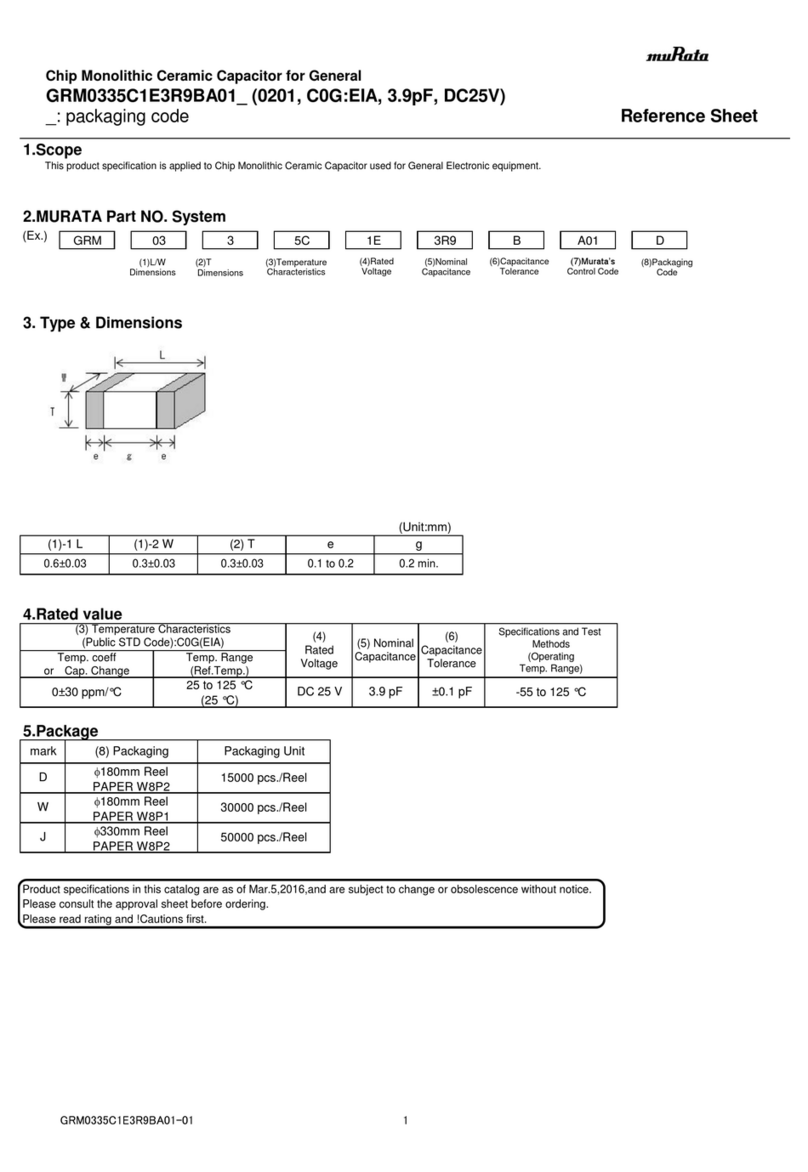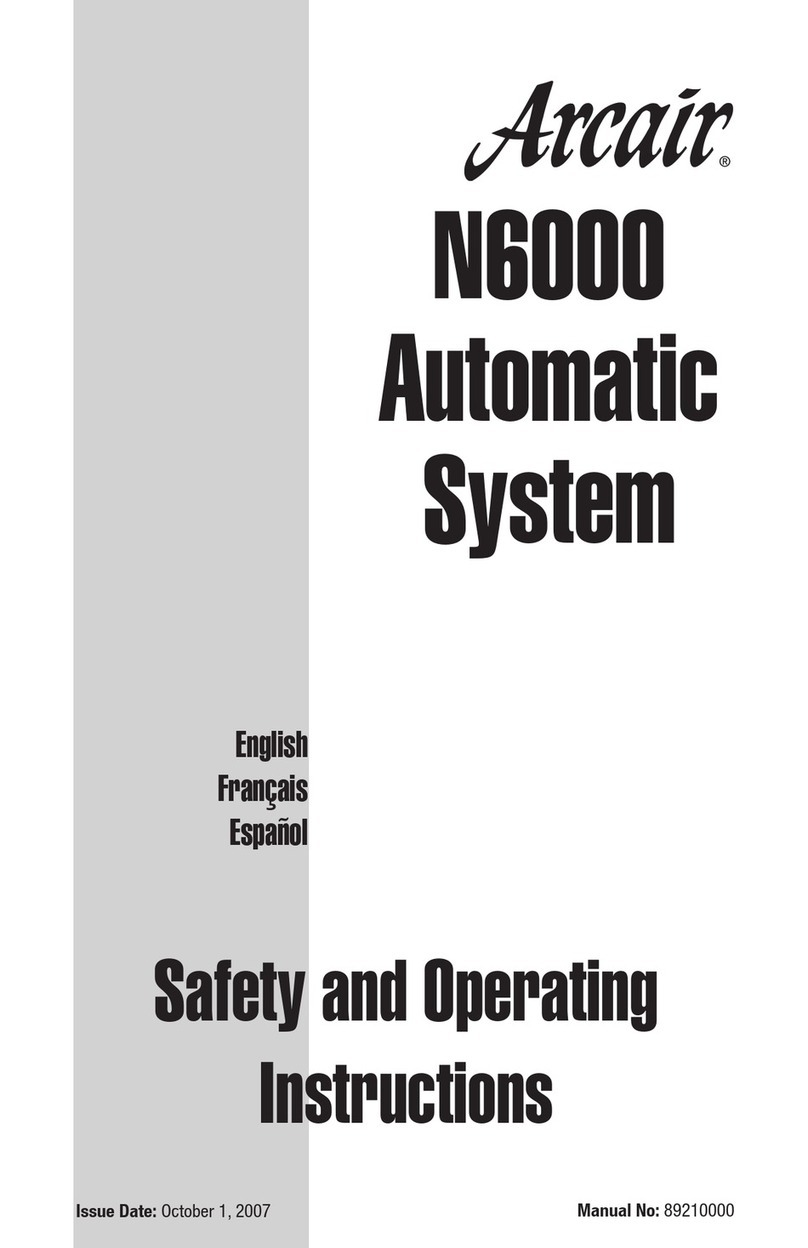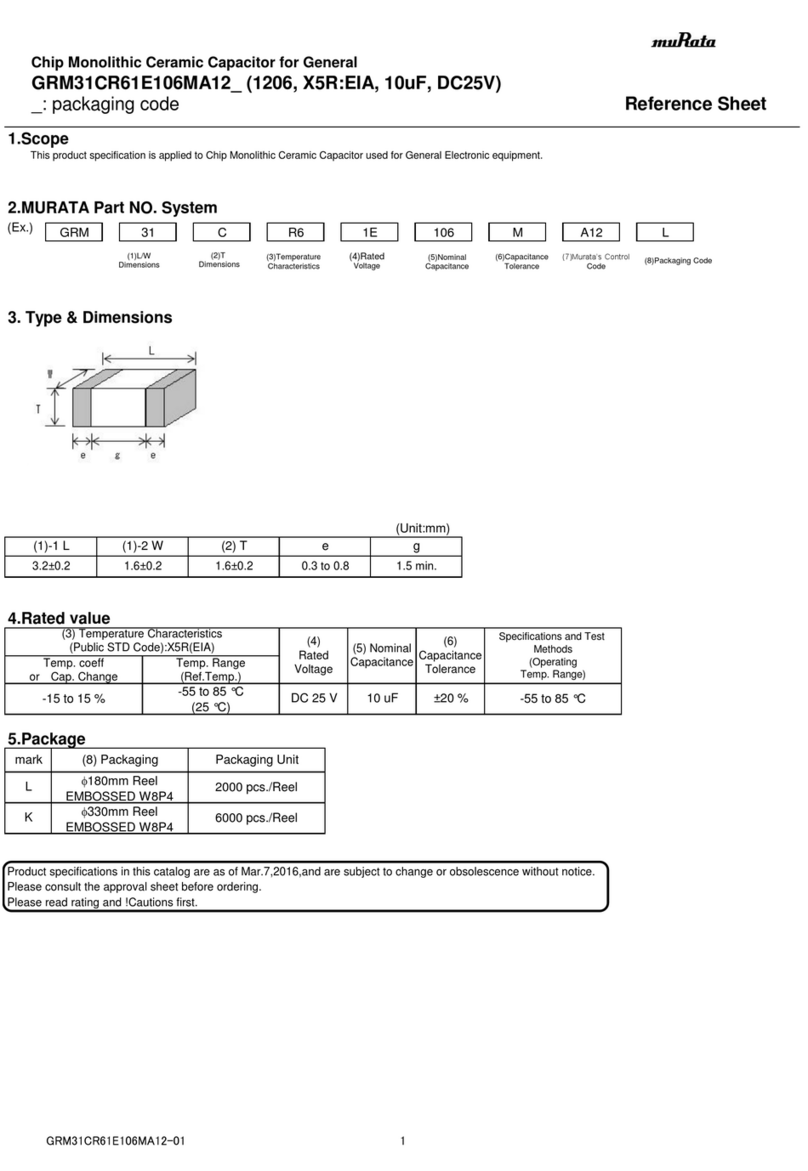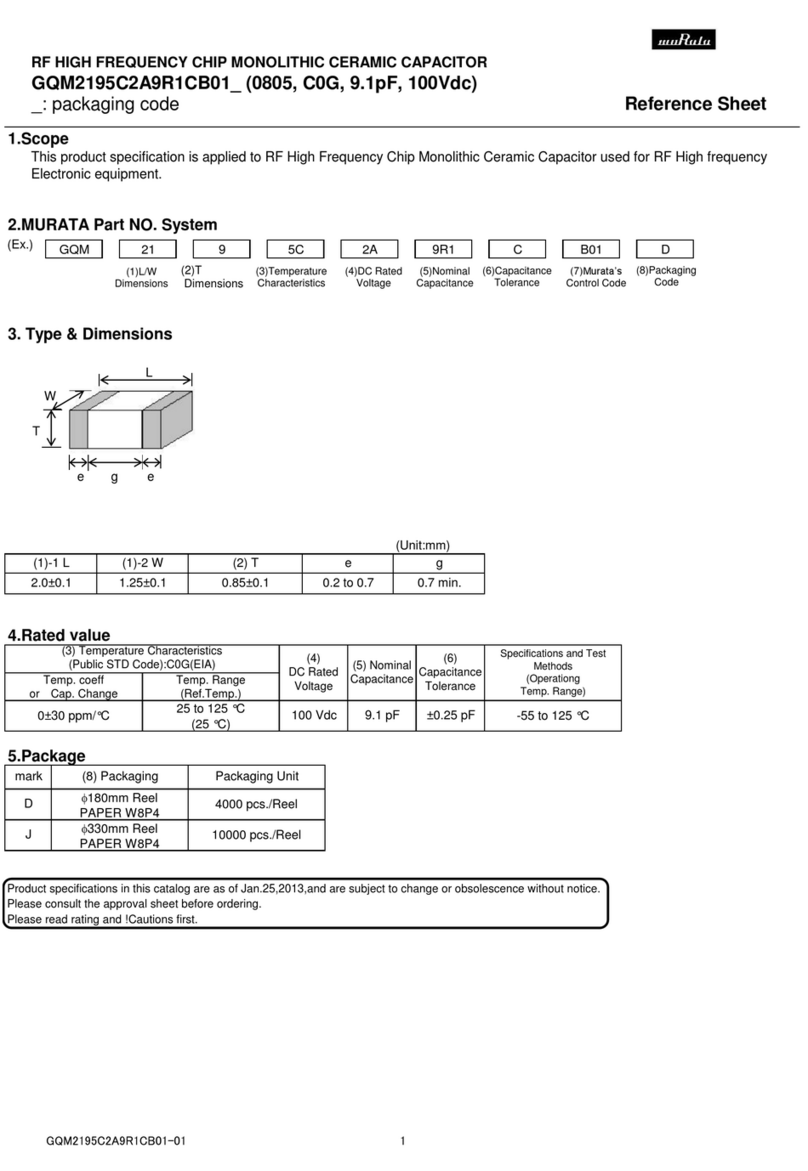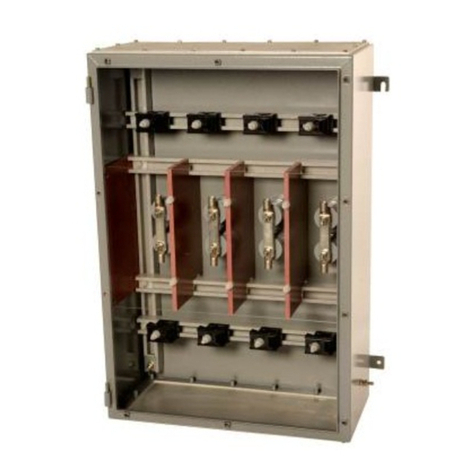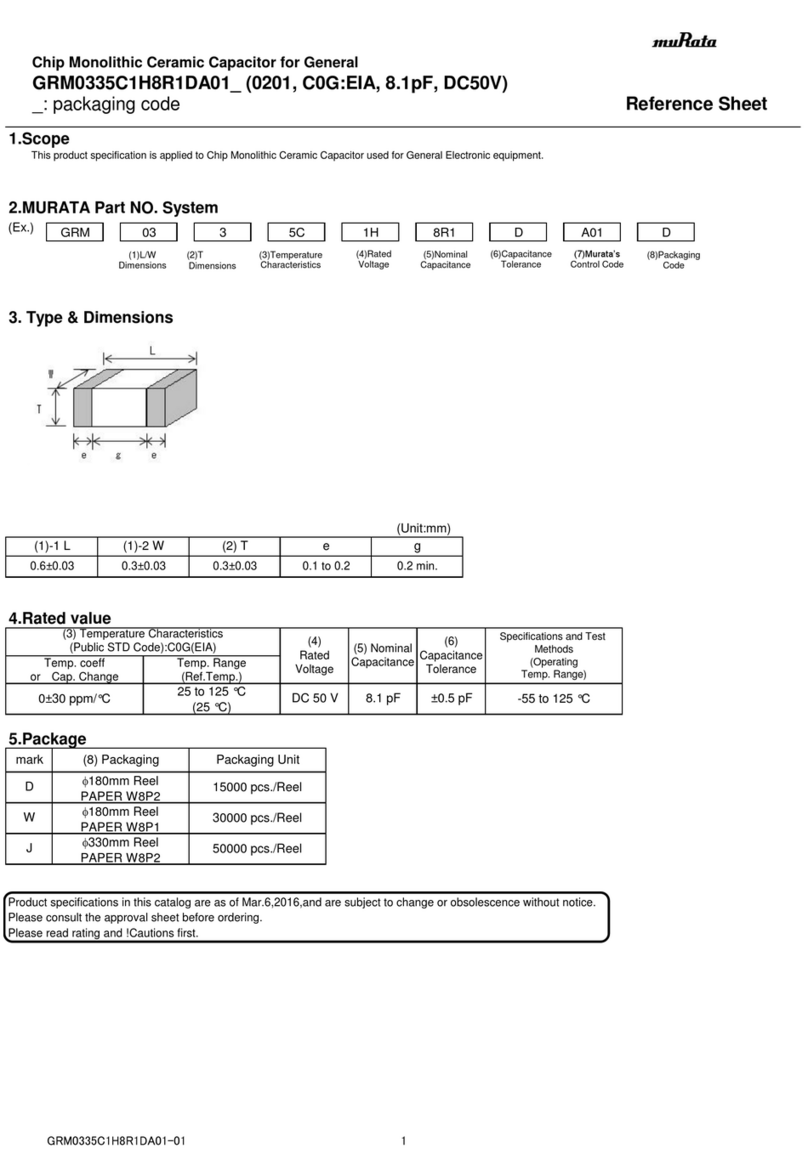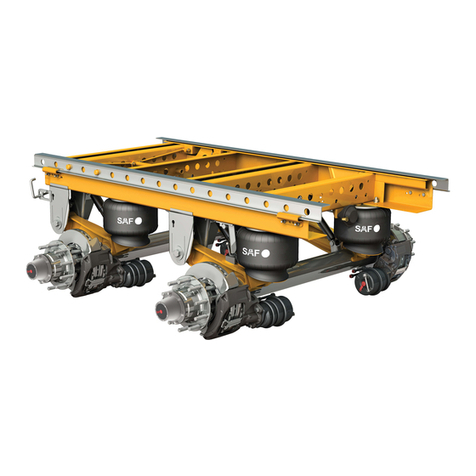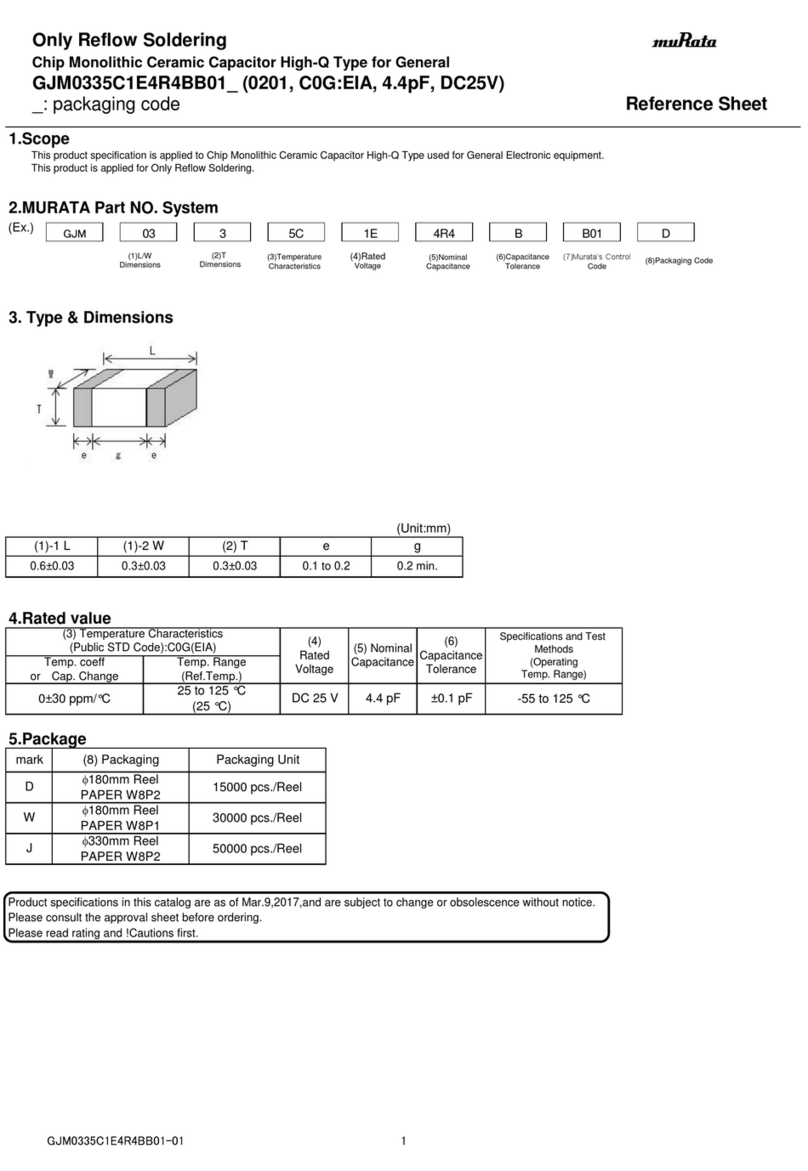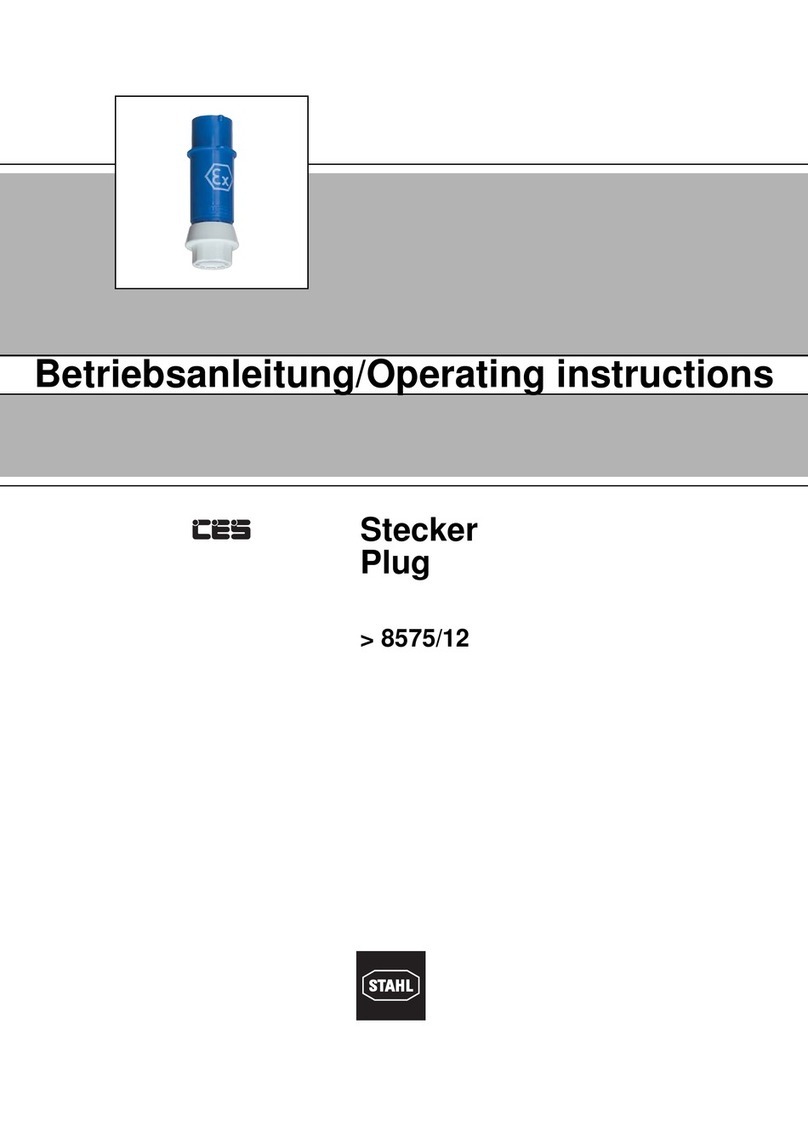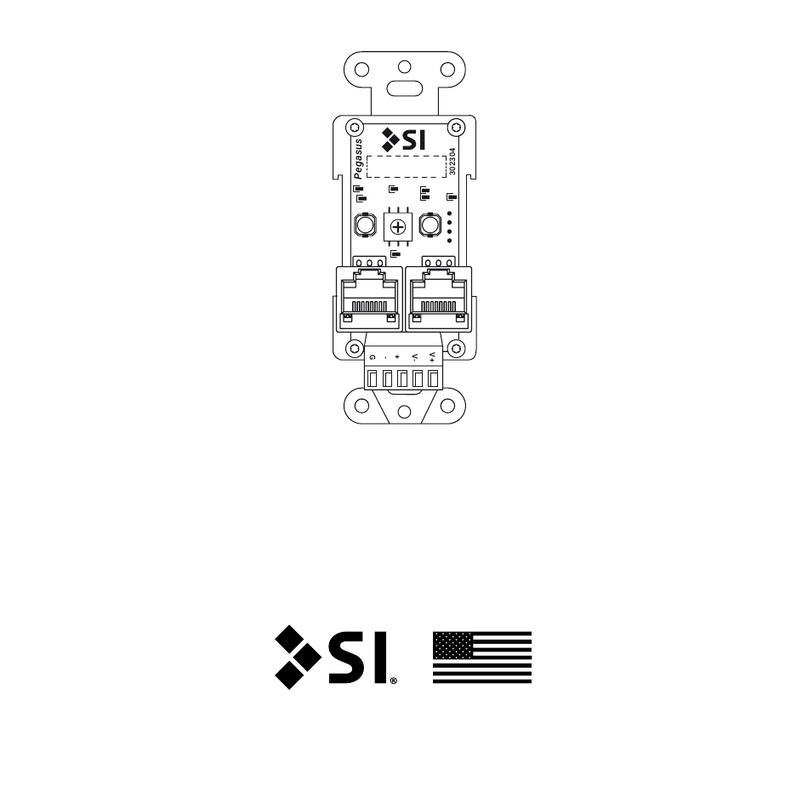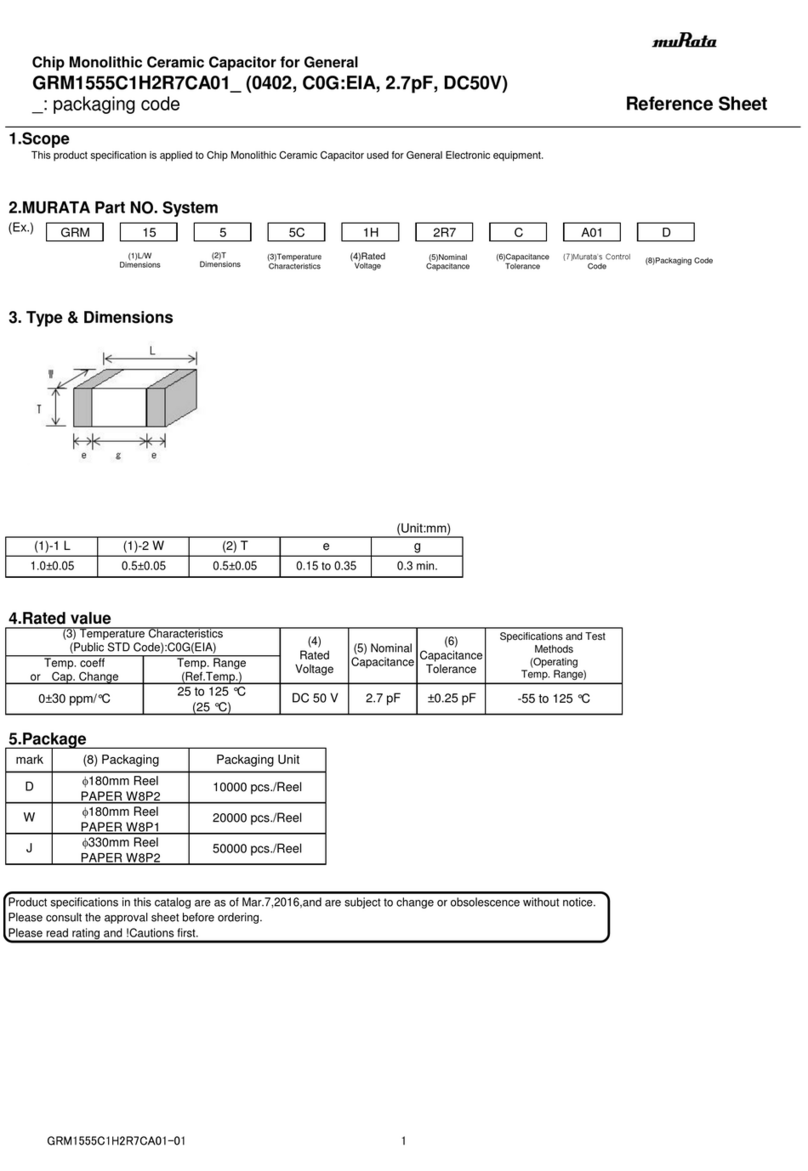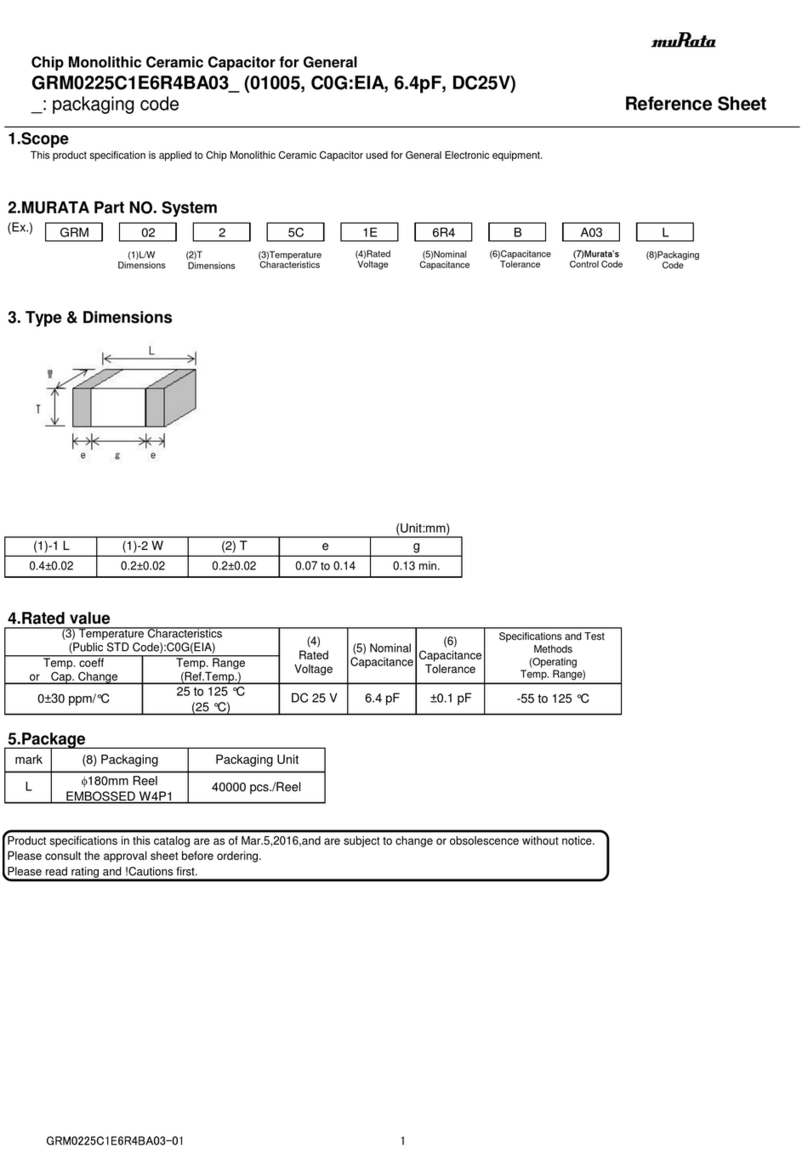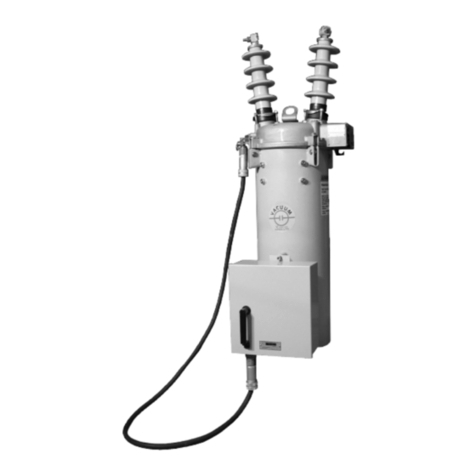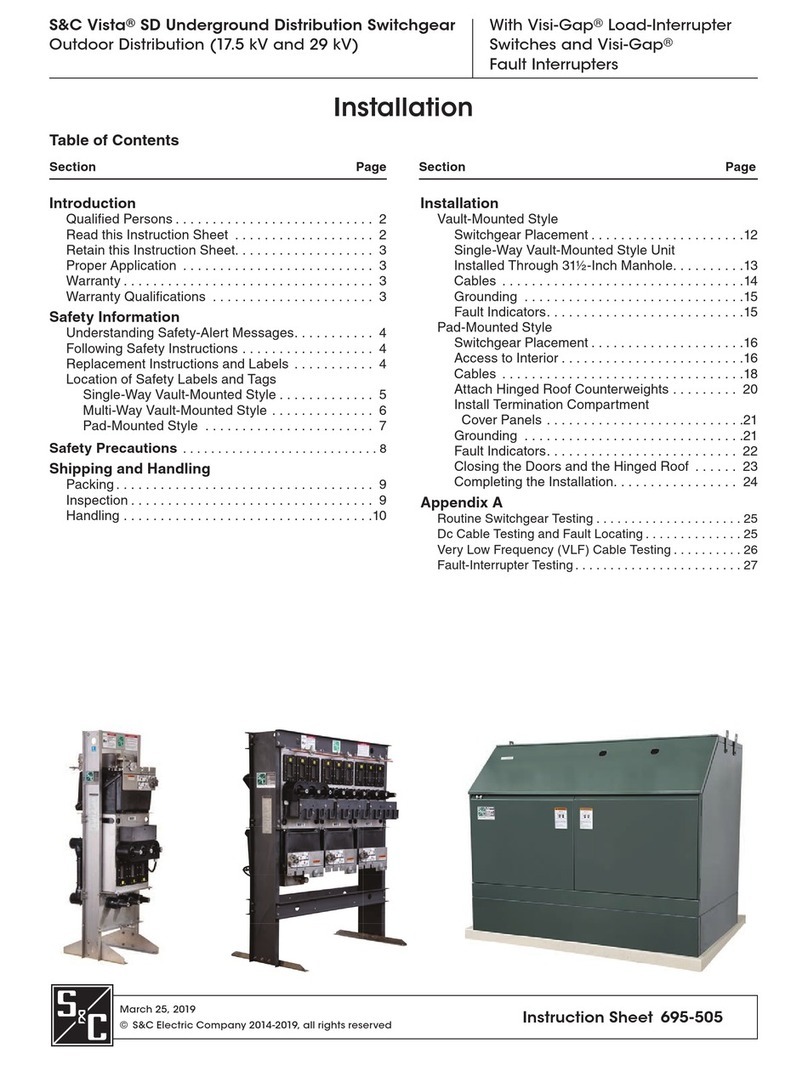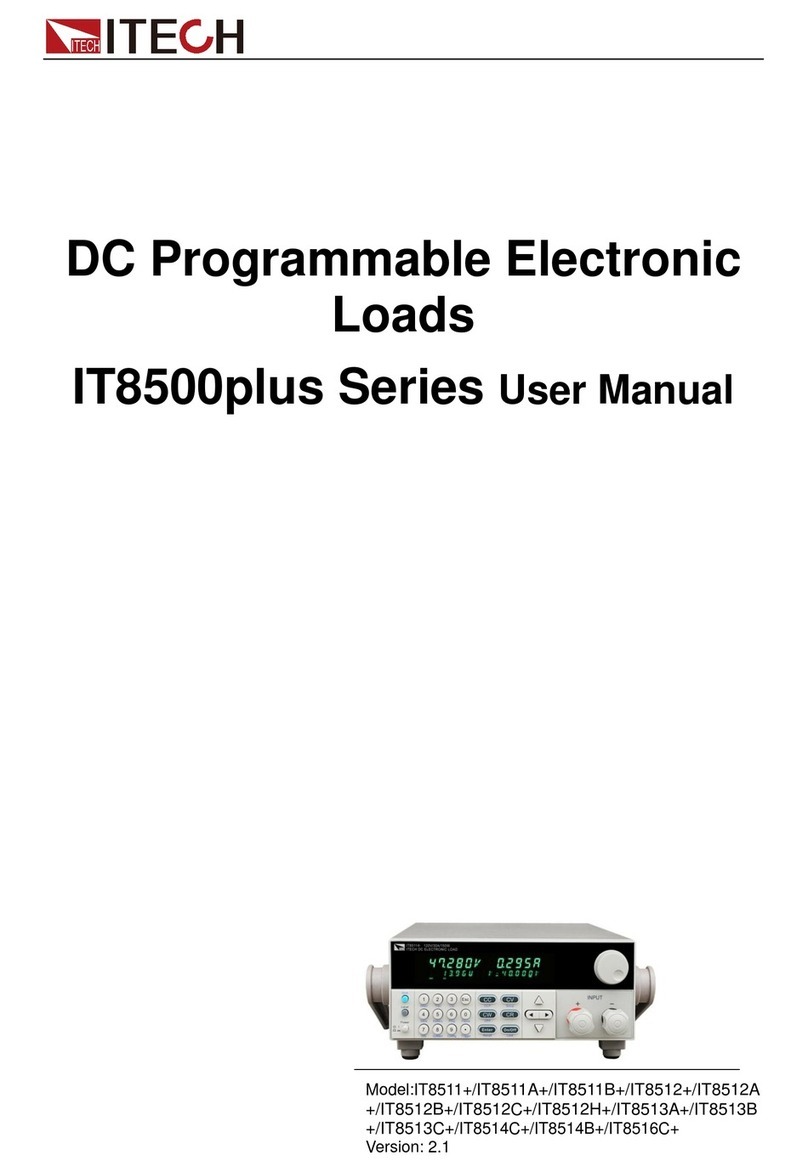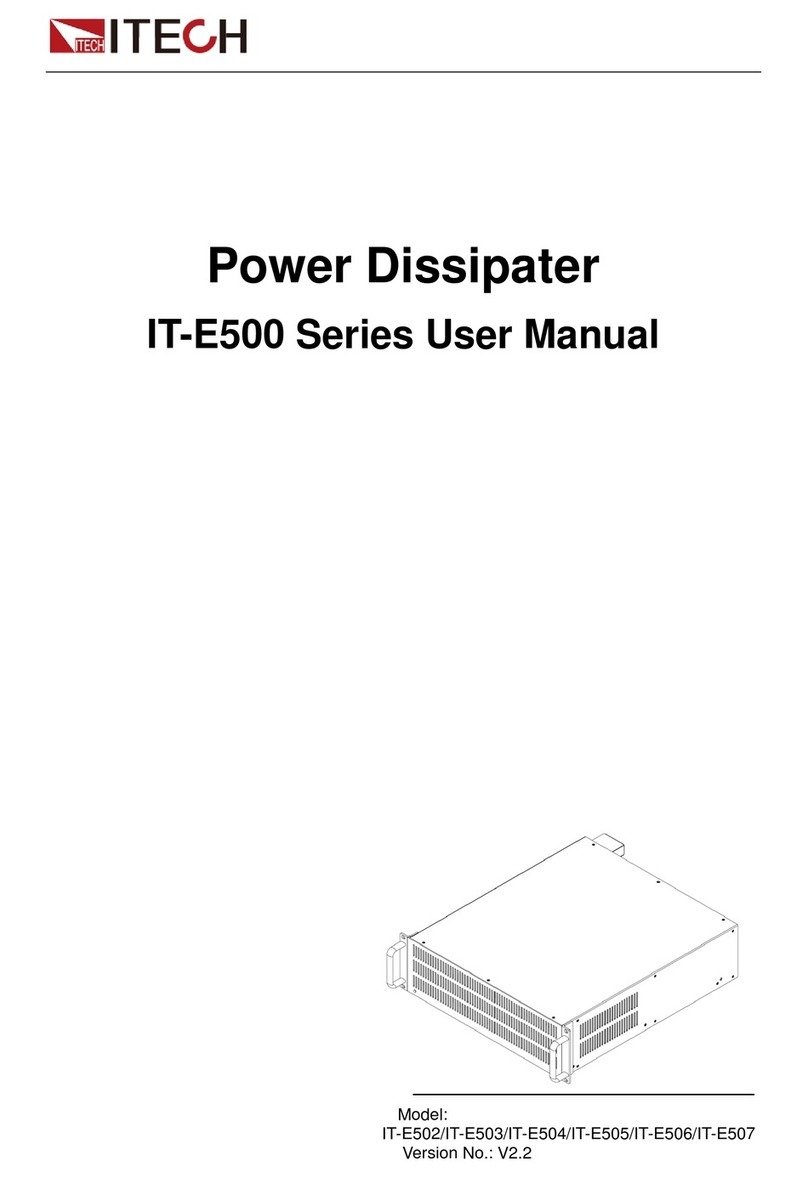
Copyright © Itech Electronic Co., Ltd. VIII
IT8000 Series Programming Guide
Content
Quality Certification and Assurance .................................................................................. I
Warranty ............................................................................................................................ I
Limitation of Warranty........................................................................................................ I
Safety Symbols................................................................................................................. II
Safety Precautions............................................................................................................ II
Environmental Conditions................................................................................................ IV
Regulation Tag ................................................................................................................. V
Waste Electrical and Electronic Equipment (WEEE) Directive ....................................... VI
Compliance Information.................................................................................................. VII
1 SCPI Introduction ............................................................................................................... 1
1.1 Overview .................................................................................................................. 1
1.2 Command Type of SCPI .......................................................................................... 1
1.3 Message Type of SCPI ............................................................................................ 4
1.4 Response Data Type ............................................................................................... 6
1.5 Command Format .................................................................................................... 7
1.6 Data Type............................................................................................................... 10
1.7 Remote Interface Connections .............................................................................. 11
2 SYSTem Subsystem ........................................................................................................ 12
SYSTem:POSetup <CPD>............................................................................................. 12
SYSTem:POSetup?........................................................................................................ 13
SYSTem:VERSion?........................................................................................................ 13
SYSTem:ERRor? ........................................................................................................... 14
SYSTem:CLEar .............................................................................................................. 15
SYSTem:REMote ........................................................................................................... 15
SYSTem:LOCal .............................................................................................................. 16
SYSTem:RWLock........................................................................................................... 17
SYSTem:BEEPer:IMMediate ......................................................................................... 18
SYSTem:BEEPer[:STATe] <CPD> ................................................................................ 18
SYSTem:BEEPer[:STATe]? ........................................................................................... 19
SYSTem:DATE <yyyy>,<mm>,<dd> ............................................................................. 20
SYSTem:DATE?............................................................................................................. 21
SYSTem:TIME <hh>,<mm>,<ss> .................................................................................. 21
SYSTem:TIME?.............................................................................................................. 22
SYSTem:COMMunicate:SELect <CPD> ....................................................................... 23
SYSTem:COMMunicate:SELect? .................................................................................. 24
SYSTem:COMMunicate:GPIB:ADDRess <NR1>.......................................................... 25
SYSTem:COMMunicate:GPIB:ADDRess? .................................................................... 25
SYSTem:COMMunicate:SERial:BAUDrate <CPD> ...................................................... 26
SYSTem:COMMunicate:SERial:BAUDrate? ................................................................. 27
SYSTem:COMMunicate:LAN:IP[:CONFiguration] <SPD> ............................................ 28
SYSTem:COMMunicate:LAN:IP[:CONFiguration]?....................................................... 28
SYSTem:COMMunicate:LAN:IP[:CONFiguration]:MODE <CPD> ................................ 29
SYSTem:COMMunicate:LAN:IP[:CONFiguration]:MODE?........................................... 30
SYSTem:COMMunicate:LAN:SMASk <SPD> ............................................................... 31
SYSTem:COMMunicate:LAN:SMASk?.......................................................................... 31
SYSTem:COMMunicate:LAN:DGATeway <SPD> ........................................................ 32
SYSTem:COMMunicate:LAN:DGATeway? ................................................................... 33
3 ABORt Subsystem ........................................................................................................... 34
ABORt:ACQuire.............................................................................................................. 34
ABORt:ARB .................................................................................................................... 34
4 INITiate Subsystem .......................................................................................................... 36
INITiate[:IMMediate]:ACQuire ........................................................................................ 36
INITiate[:IMMediate]:ARB............................................................................................... 37
INITiate:CONTinuous:ARB <Bool> ................................................................................ 37
INITiate:CONTinuous:ACQuire <Bool>.......................................................................... 38
